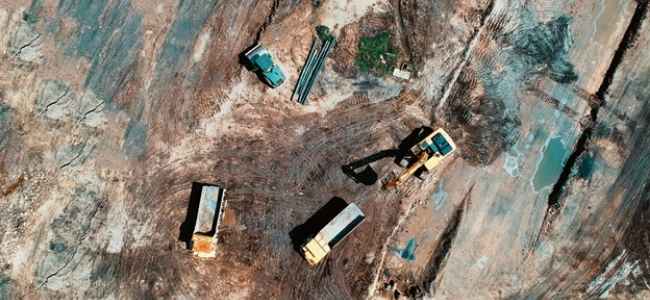Economic development depends on infrastructure to thrive. While putting up infrastructure is a critical modernisation step, it is somehow bringing with it certain problems, especially those related to pollution.
According to Sourceable, air pollution at construction site makes up for 23 per cent of the total pollutants in the environment! This makes working at these zones site or living near one hazardous to your health. You may be exposed to various air contaminants that may cause permanent illness.
Forms of Air Pollution
The construction industry produces various types of pollution, but air pollution is one of the most common. By itself, it also comes in various forms, including:
- Construction dust – This usually comes from building materials, such as stone, concrete, silica, wood, and cement. Most of these materials are prone to releasing an enormous amount of dust, which can cover wide areas, becoming fugitive dust that remains in the air for days.
- Noxious vapour – Products that contain chemicals, such as paint, glue, oil, plastic, and cleaning solutions are widely used in construction sites. They release vapour that contributes to air pollution.
- Emission – Construction site vehicles and machinery run on diesel. These units are enormous sources of carbon dioxide, carbon monoxide, hydrocarbons, nitrogen oxides, and other poisonous gases.
Consequences of Air Pollution at Construction Site
Air pollution from a construction site has different effects on different people.
Employees
PM10 classified particles can penetrate deep into the lungs of individuals who are directly exposed to polluted air. Workers at a construction or mining site are at risk of developing health complications because of poor air quality. For this reason, miners use mining safety technology to improve air quality. Confined space air monitoring equipment is also used to help reduce the number of occupational cancer cases in these industries.
Health complications construction workers and miners may face include:
- Shortness of breath, wheezing, coughing, and other respiratory diseases
- Lung cancer
- Cardiovascular diseases
- Asthma exacerbation
Residents
People living close to construction sites are also at risk of facing the ill effects of air pollution. While they are not directly exposed to the pollutants, they can still experience poor outdoor air quality even long after the completion of a nearby project. Air pollutants, such as PM10, can spread easily with the wind, reaching far areas and settling for years.
Environment
Air pollution seriously impacts the environment; a fact that is well-known and documented. In a way, it has led to biodiversity loss and food chain interruption.
Construction sites are known to be a primary contributor to the total PM2.5 and PM10 emissions in Australia. Most of these emissions come from activities related to demolition, construction, power generation, and machine operation.
Nonetheless, the industry has implemented some measures to reduce its effects on the environment. Some utilise an efficient emission monitoring system to allow themselves to keep track of the airborne waste they produce and take action to make their operations more eco-friendly.
How to Reduce Air Pollution at Your Construction Site
There are many ways to decrease the volume of pollutants at a construction site.
- Minimise waste.
The construction process leads to huge quantities of waste. However, improved operational efficiency, waste reduction technologies, and optimisation of materials and supplies in construction can help.
2. Explore more recycling options.
Construction companies should follow Australia’s National Waste Policy strictly, which helps save on resources to a great extent.
3. Adopt “go green” solutions.
Use environmentally friendly products and materials in the construction process.
4. Utilise environmentally friendly technology.
Construction companies should use certain technologies to minimise energy consumption and minimise waste at their sites, such as real-time engine monitoring systems.
Going Forward
For any construction project that you undertake, strive to protect your work, save the environment, and protect critical nature and eternal assets. The industry has a responsibility to actively monitor and limit the amount of air pollution at construction site. One of the best ways to do this is to increase awareness of how such pollutants and waste affect people and the environment.
You can do more to protect the environment. Visit our blog section for some of the most effective, yet simple, techniques to doing just that!


